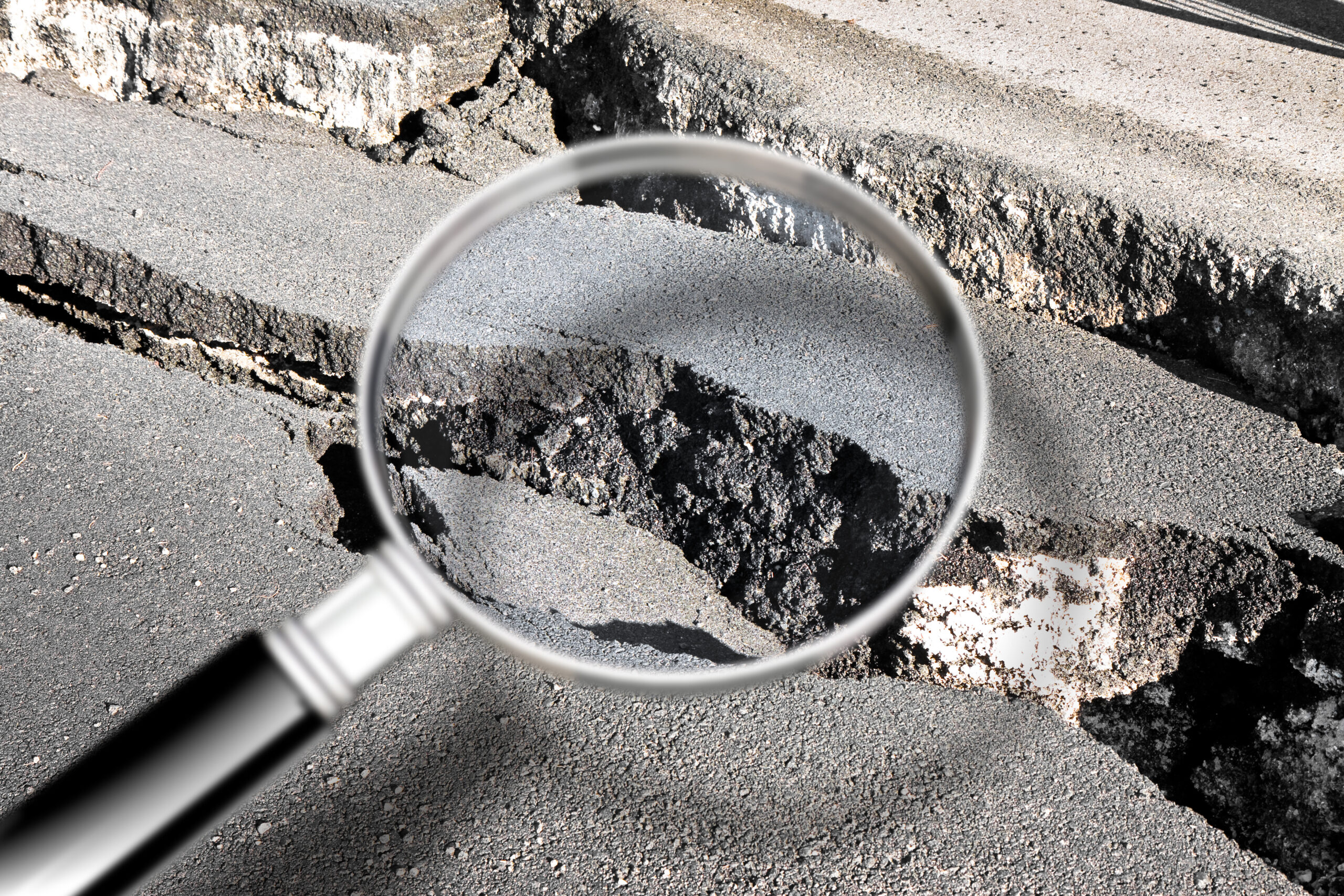Structural and Civil Forensic Engineering
A structural and civil forensic engineer investigates failures or deficiencies in our built environment. A structural forensic engineer specifically studies failures in the integrity or serviceability of buildings, bridges, telecommunication towers, and other structures. A structural forensic engineer is qualified by education, experience, training, licensure, and examination to apply engineering principles to the complex phenomena involved in issues with our built environment. His or her expertise plays a key role in investigating, maintaining, and improving that environment.
Marcor’s forensic engineering specialties and experience include:
- Construction defect evaluation & repair
- Structural failure analysis
- Building code
- Fall protection anchorage
- Project management
- Rain
- Wind
- Fire
- Hail
- Impact
- Water intrusion
- Electrical transmission line structures
- Other natural and man-made disasters
- Snow
- Earthquake
- Lightning
- Flood
- Tornado
- Hurricane
- Volcano
Licensed In 20 States and two territories
| State | Licensing |
| Alabama | PE |
| Arizona | PE & SE |
| Arkansas | PE |
| California | PE & SE |
| Colorado | PE |
| Florida | PE |
| Hawaii | SE |
| Illinois | SE |
| State | Licensing |
| Kentucky | PE |
| Louisiana | PE |
| Nebraska | SE |
| Nevada | SE |
| New Mexico | PE |
| North Carolina | PE |
| Oregon | PE & SE |
| State | Licensing |
| South Carolina | PE |
| Tennessee | PE |
| Texas | PE |
| Utah | SE |
| US Virgin Islands | PE |
| Washington | PE & SE |
| Washington DC | PE & SE |

Project Management
A critical component of constructing and maintaining the built environment is the effective management of projects. Effective project management mitigates risk, ensures schedules and budgets are met, and provides safety for the dangerous conditions often encountered in the construction industry. Marcor has been certified as a Project Management Professional (PMP) and has provided expert testimony regarding cost estimates, risk, market variability, and other aspects of a major underground transmission line.
Fall Protection Anchorage
Anchors protect the workers from an unwanted fall. In order for the worker to be safe and supported so they don’t fall, the anchor must be attached to something that is strong and can take the weight.
Electrical Transmission Line Structures
Electrical transmission line systems are made up of multiple structural components, including supporting structures, conductors, insulators, and hardware. The supporting structures are configured to provide clearance between the three phases of a transmission line and provide clearance from each phase to the ground, buildings, trees, and anything else in the power line’s vicinity. The appropriate clearance ensures safety from an electrical flashover. Marcor has provided expert opinions following an injury regarding whether a transmission line had sufficient clearance from a building ladder.
Construction Defect Investigation
Contractors are required to be licensed, obtain permits, conform to structural plans, or otherwise comply with the rules of the profession of constructing and maintaining our built environment. When these rules are not followed, corners are cut, low-quality work is provided, or any other related issues arise, a structural or civil engineer is often called upon to investigate the resulting defects. Construction defects can result in immediate or potentially unsafe conditions, low-quality buildings, deterioration, or other unacceptable results. Marcor has investigated and provided expert opinions on multiple civil and structural construction defects. His opinions have been used to identify unsafe conditions, determine the extent and full implications of the defects, and ultimately find solutions to correct them.
Flood Studies
The Federal Emergency Management Agency (FEMA) provides maps to determine flood risk to a property. Insurance companies use these maps to determine flood risk potential to properties they are insuring. However, the true flood risk to a property may be misinterpreted. Marcor was involved in a study where the depth of potential floodwater had been estimated at 2 feet at a property. He and a team of engineers performed detailed investigations of the 100-year storm and created models of the adjacent creek based on Light Detection and Ranging (LiDAR) surveys, ground surveys, drainage maps, and hydrologic and hydraulic calculations. His team found the true flood risk to the property to be less than an inch.
In summary, Marcor Platt has a wide variety of structural and civil forensic engineering experience, and the above list does not include all of the topics he has studied. Please call to learn more and see if he can assist you in your investigation.

